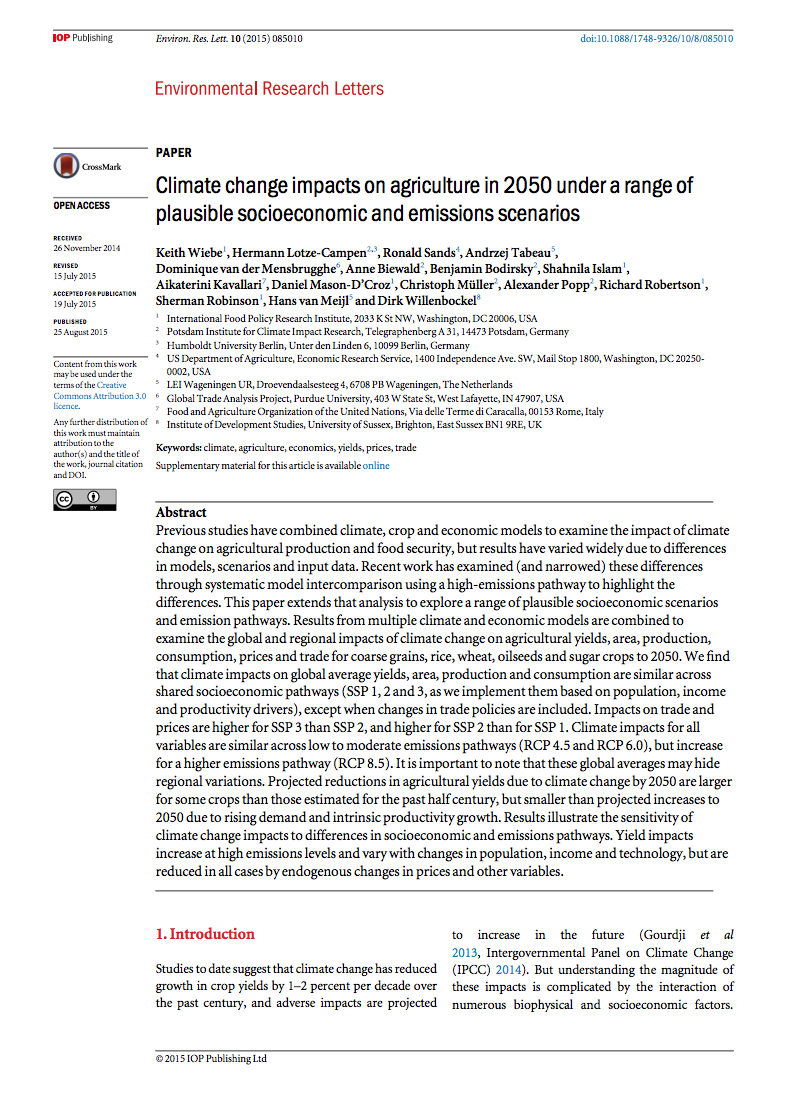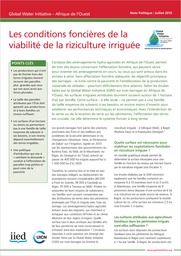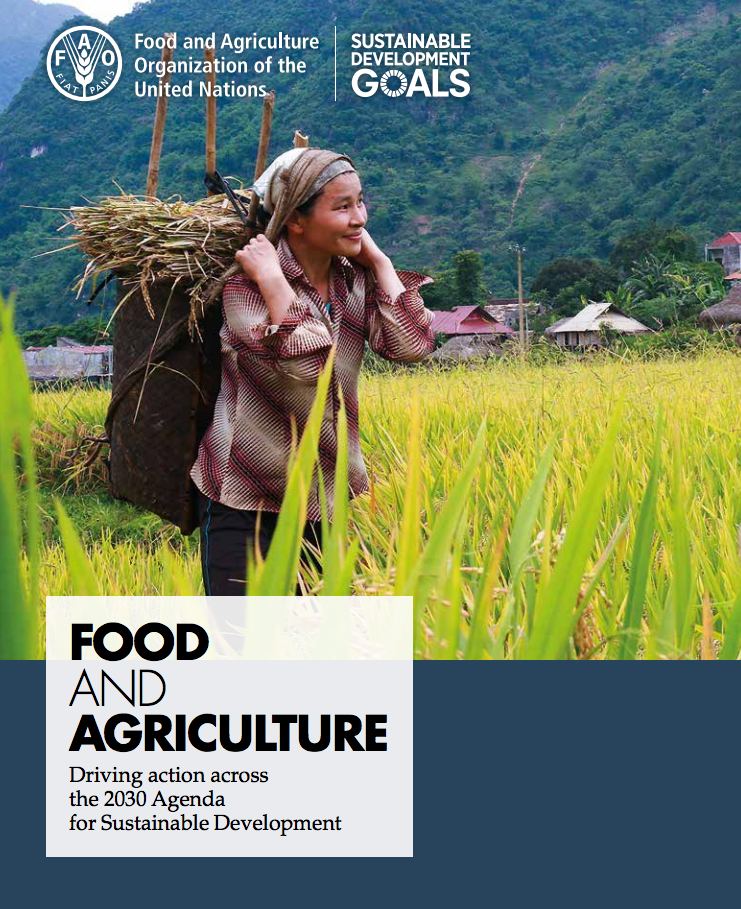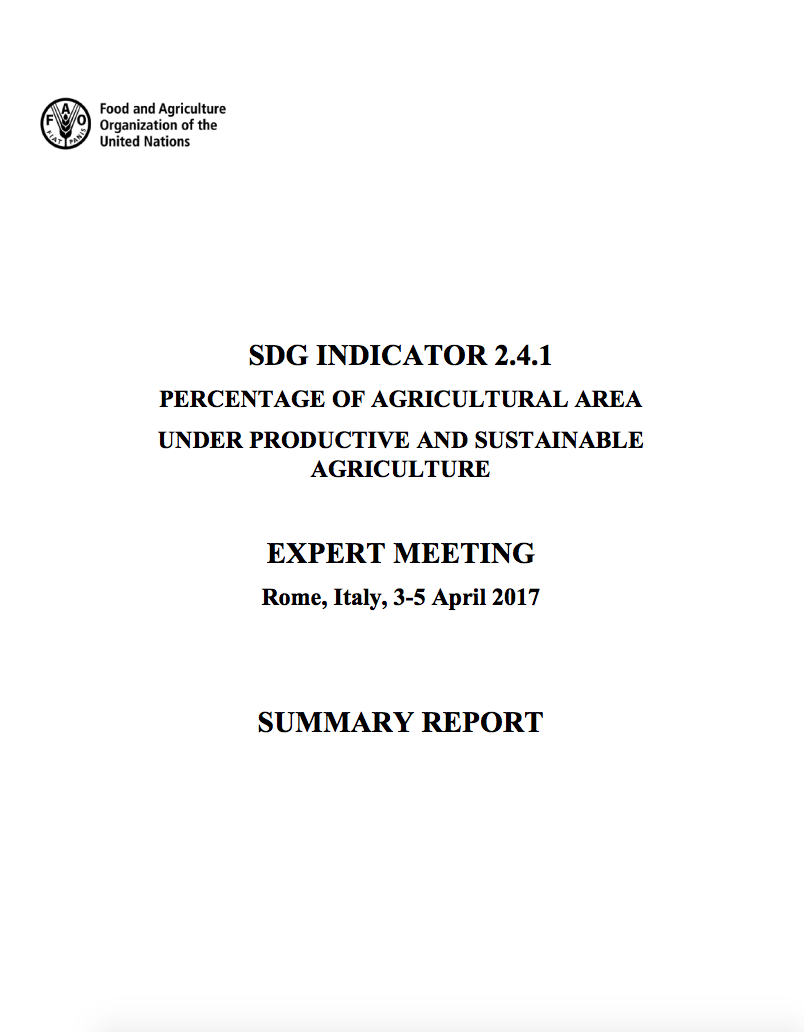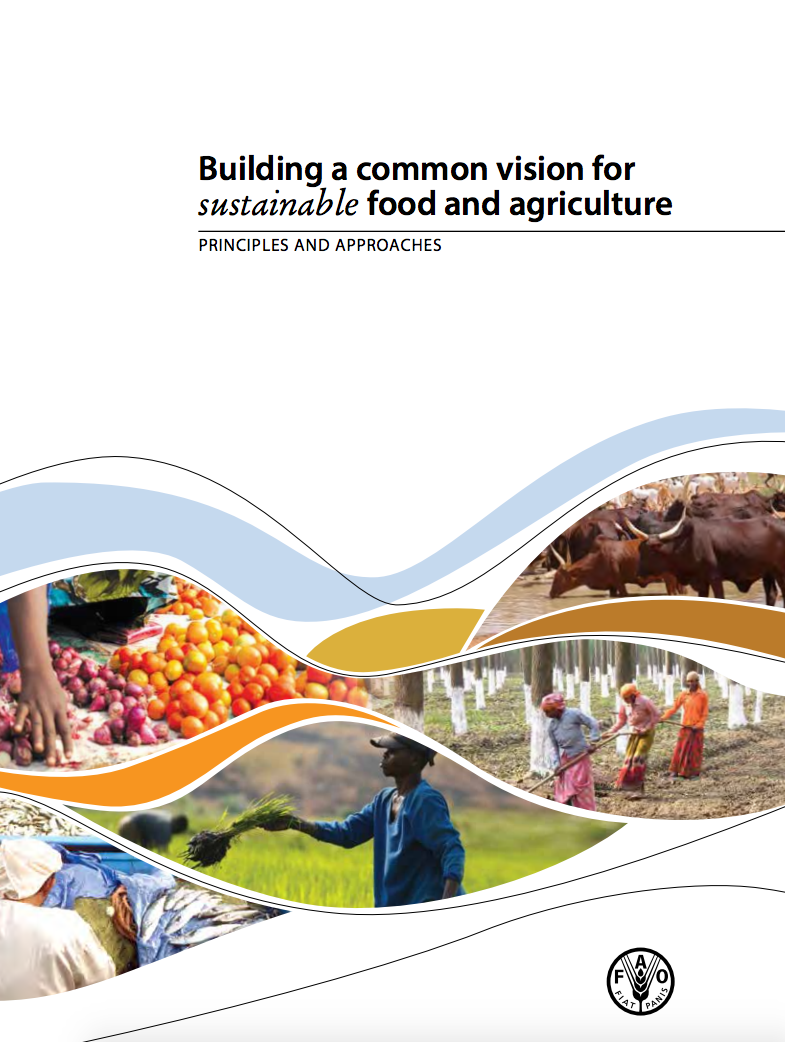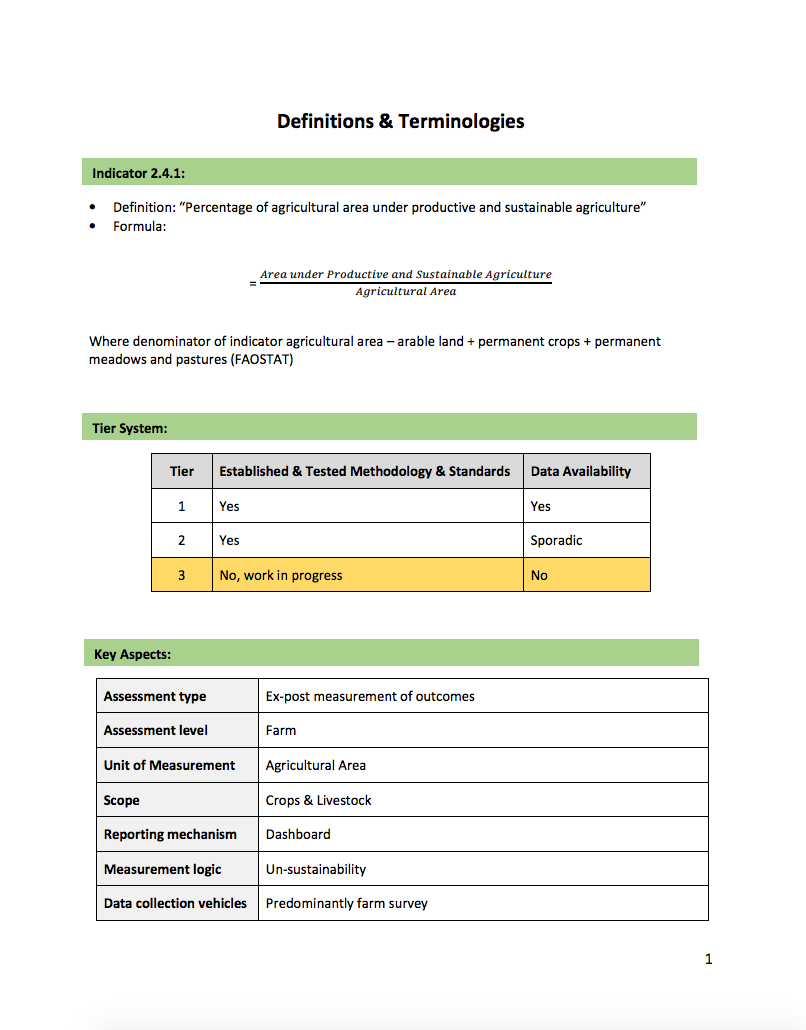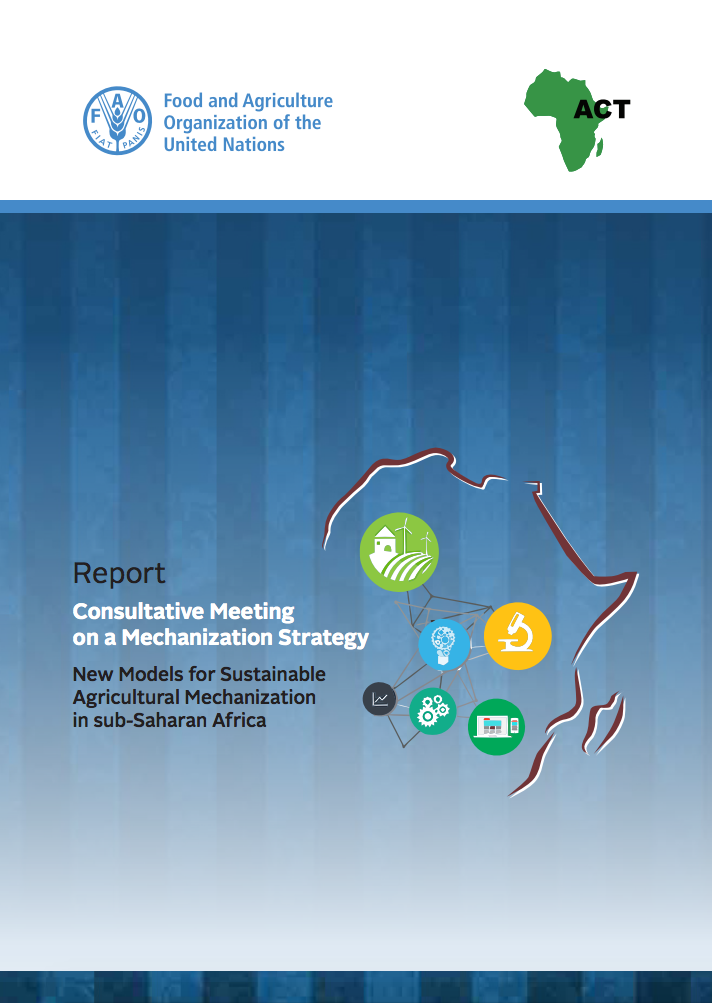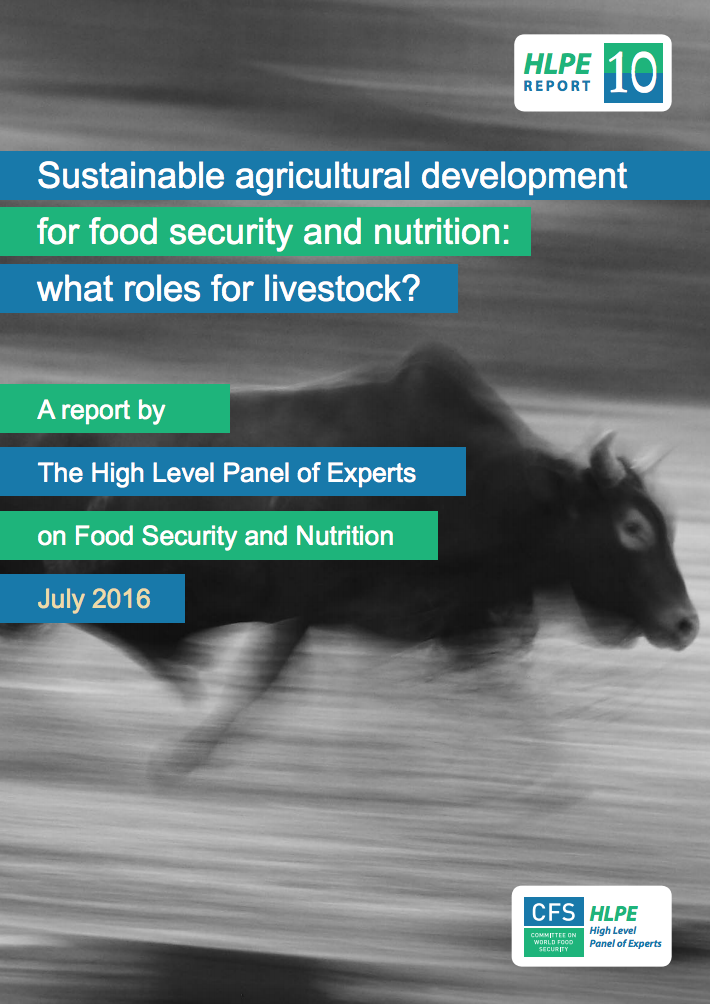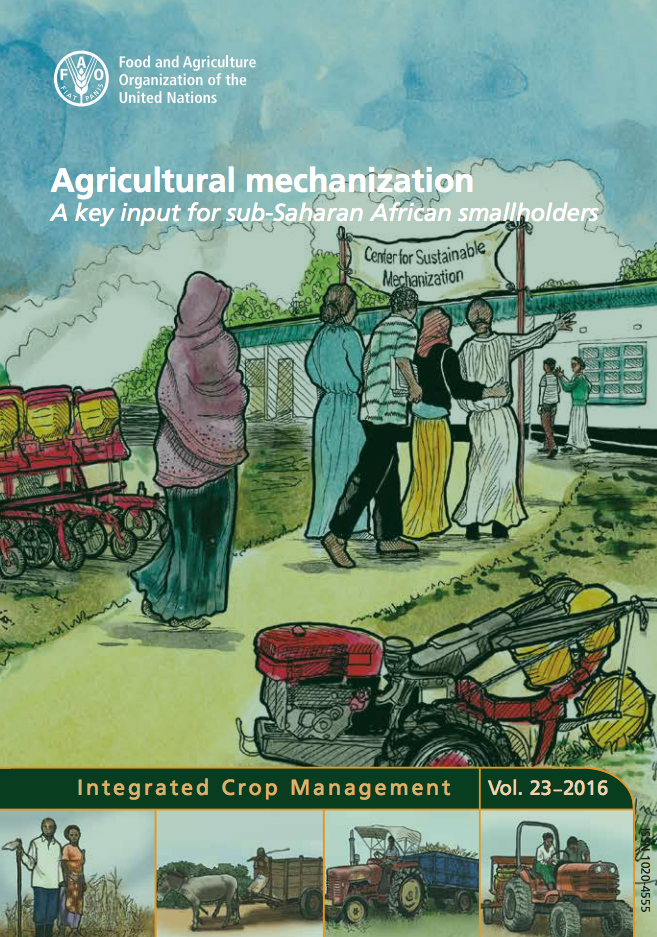Climate change impacts on agriculture in 2050 under a range of plausible socioeconomic and emissions scenarios
Previous studies have combined climate, crop and economic models to examine the impact of climate change on agricultural production and food security, but results have varied widely due to differences in models, scenarios and input data. Recent work has examined (and narrowed) these differences through systematic model intercomparison using a high-emissions pathway to highlight the differences. This paper extends that analysis to explore a range of plausible socioeconomic scenarios and emission pathways.

